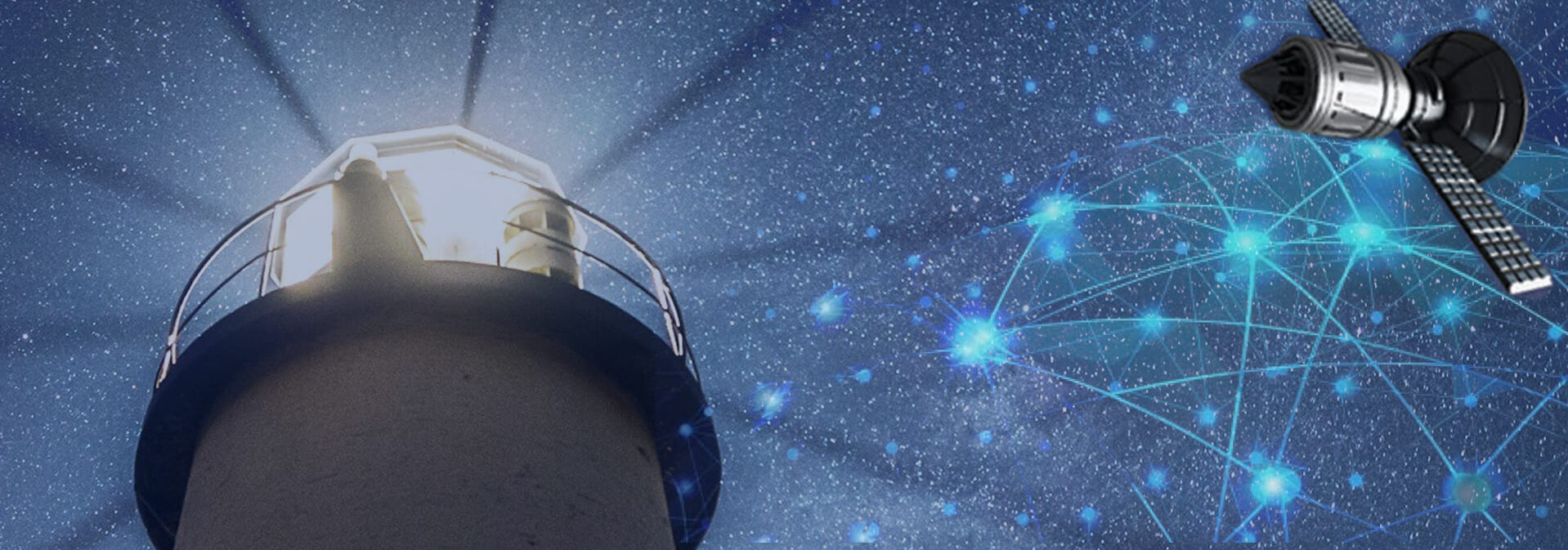Developments and research directions for collision avoidance in mixed navigation environment for MASS: A systematic literature review with bibliometric analysis. |
| Mahmoud Basal, Alaa Ammar |
| DOI NO. https://doi.org/10.59660/48711 Received 26/01/2024, Revised 17/02/2024, Acceptance 25/03/2024, Available online and Published 01/07/2024 |
Abstract
The integration of advanced technologies, data-driven processes, and automation under the Industry 4.0 revolution is fostering increased connectivity among ships and maritime infrastructures, particularly with the emergence of Maritime Autonomous Surface Ships (MASS) and the imperative for safe navigation. Despite existing studies delving into collision regulations (COLREG), autonomous navigation, and risk assessment for MASS navigation, a comprehensive systematic literature review and bibliometric analysis of academic research studies addressing collision avoidance in the context of MASS within mixed navigational environments has, to our knowledge, not been undertaken. This review aims to provide a concise overview of academic research advancements concerning the challenges associated with MASS and the safety of navigation in mixed navigational environments. To achieve this objective, we conducted a bibliometric analysis of pertinent studies, utilizing metrics and analysis tools to discern academic research topics, primary challenges, and directions in this domain. Our approach adhered to the principles outlined in the Preferred Reporting Items for Systematic Reviews and Meta-Analysis (PRISMA) for systematic literature reviews, incorporating tailored keywords in a Scopus search. The results revealed that China, Norway, Poland, and South Korea are the leading countries in MASS collision avoidance, based on the weighted number of authors. Additionally, Ocean Engineering and the Journal of IFAC-Papers Online emerged as the principal journals for publications on this topic. Through the analyzed literature, specific challenges were identified, paving the way for suggested avenues for future research.

